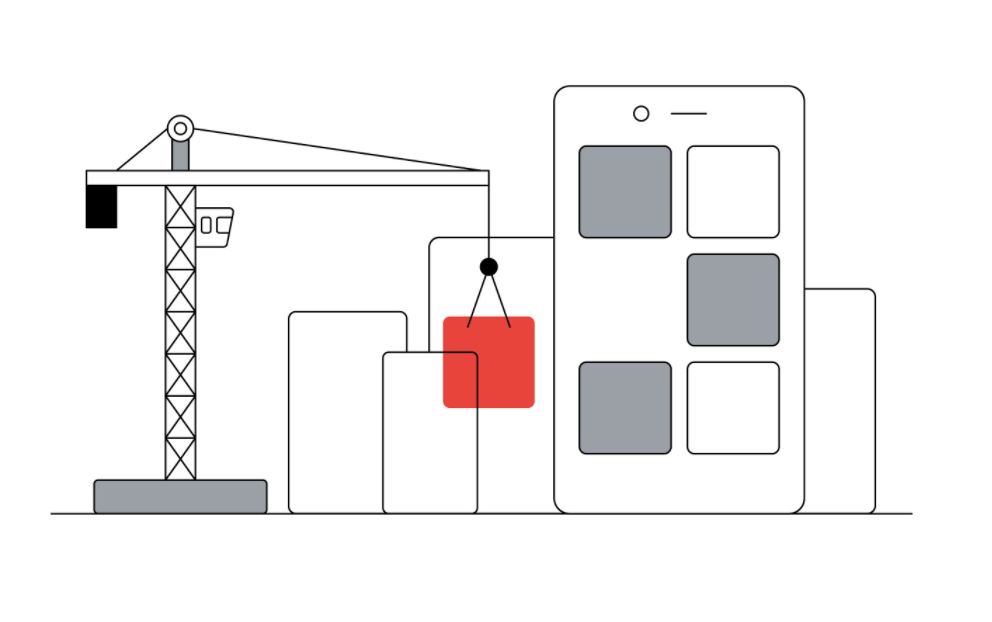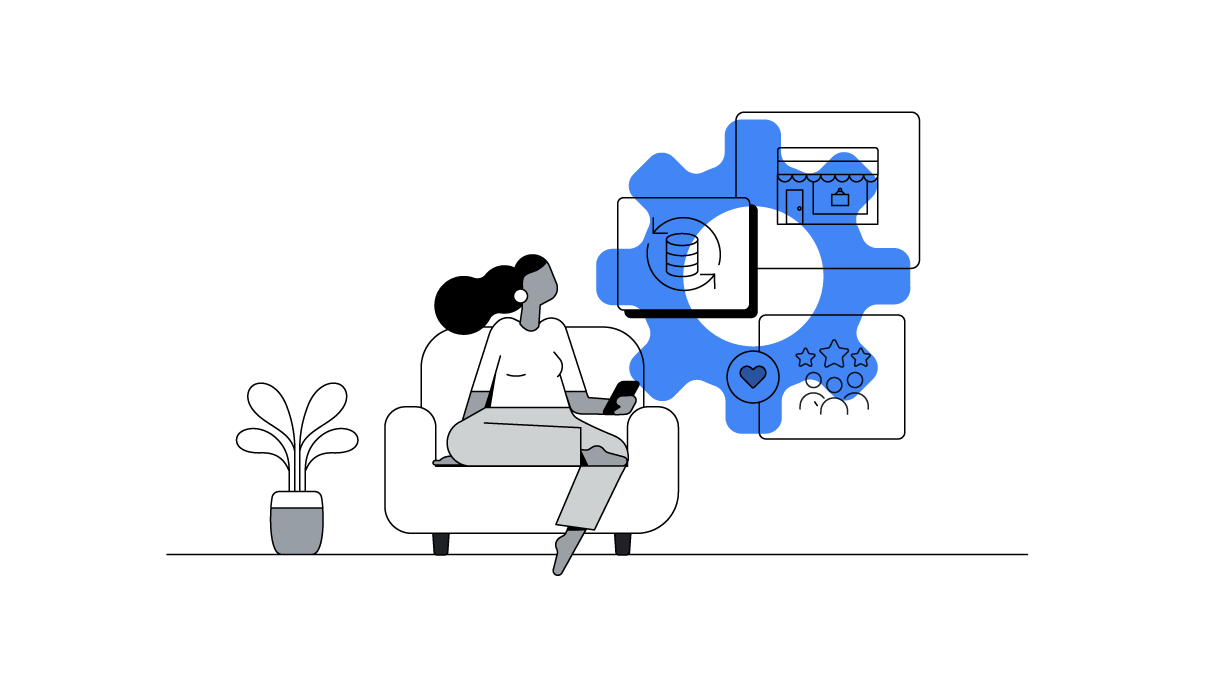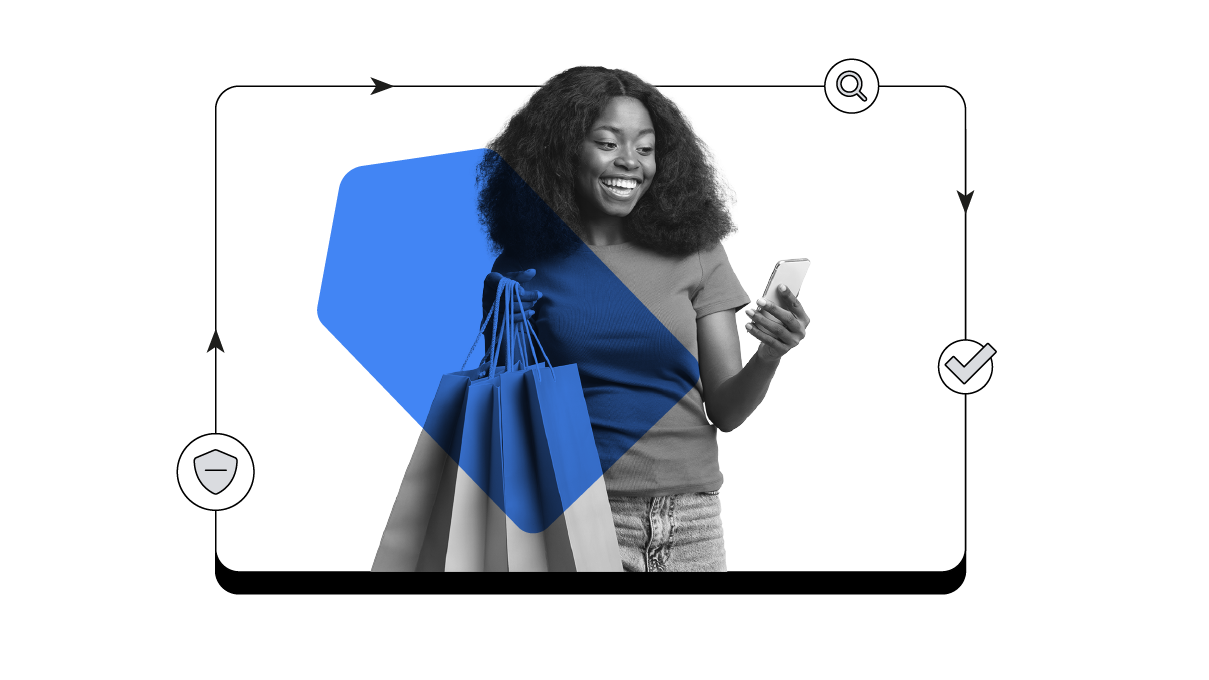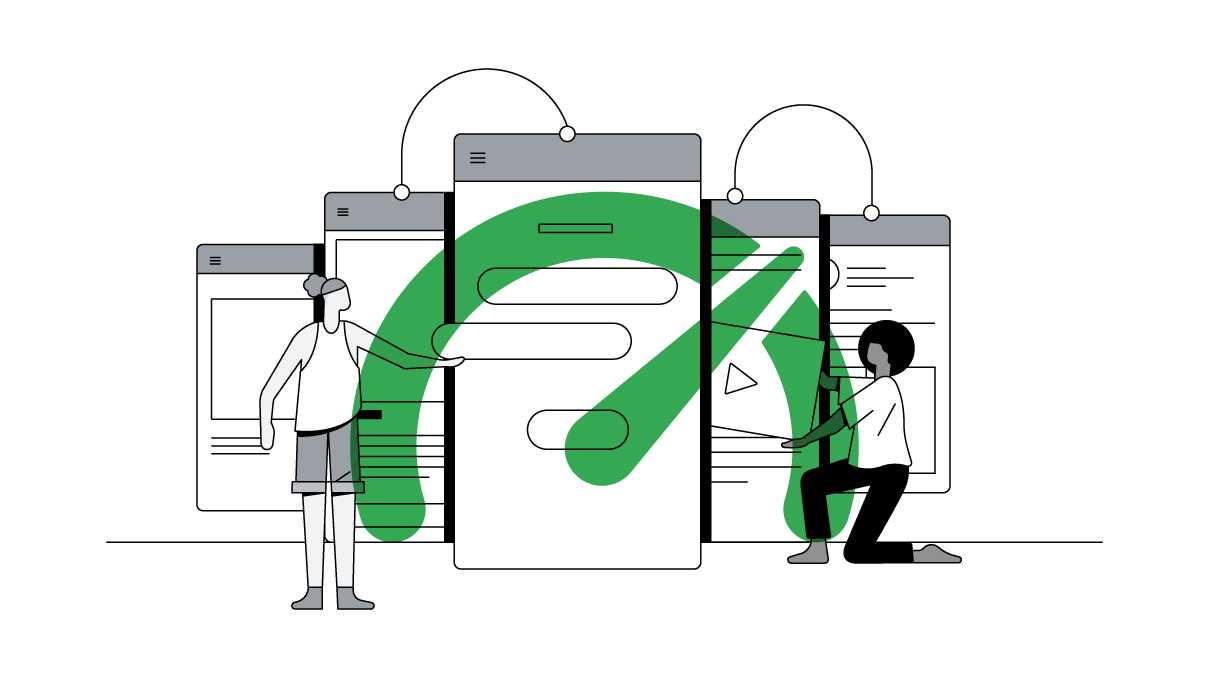Thanks to mobile, people are finding it easier than ever to discover and buy what they need, when they need it. And they’re often researching a range of retailers, simply because they can.
Whether they’re looking for high-consideration items or everyday essentials, people are more curious than ever – spending more time researching products that they want to buy. In fact, when shoppers define a purchase as something they put a lot of consideration into, they spend on average 13 days researching.1
But we also see that when people are ready to make a purchase, they want the item immediately. As proof, 1 in 3 say they expect items that same day.2 And they’re heading to search to determine how to get their purchase quickly.
For urgent purchases, when conducting a search on their smartphones, 74% of smartphone users agree they look for the most relevant information regardless of the company providing the information.3 As a result, brand loyalty can give way to the first retailer who offers the most seamless experience. So retailers should be there with flawless assistance during the moments that matter.

It’s clear that today’s consumers are asking for easy, frictionless experiences, but what people consider “frictionless” varies. It can be online, where people seek out fast delivery. Mobile searches related to “same day delivery” are emerging and have grown 120% since 2015.4 Or it can be when they’re in the kitchen, using their voice to shop – 44% of those who use their voice-activated speaker at least weekly say they use the device to order products they need, like groceries and household items at least once a week.5
But to take advantage of purchase intent in a specific geography requires a big component that is still one of retail’s oldest strategies: getting shoppers into shops.
Bricks and mortar isn’t dead
We’ve seen that mobile searches for “near me” have grown over 3X in the past two years,6 and almost 80% of shoppers will go in store when they have an item they want immediately.7

That means retailers have a huge opportunity to use physical shops to deliver on the heightened expectations of today’s impatient shoppers. To do this, it’s important to provide always-on assistance and ensure high-intent shoppers find what they need at the time they’re nearby and ready to shop.
Search + local strategy = results
If you're looking to maximise on this consumer behaviour, your local strategy and your digital strategy need to be fully integrated. We’ve seen that omnichannel strategies – strategies that show what’s in stock at nearby shops and increasing bids around your business locations – drive an 80% higher rate of incremental shop visits.8 For example, Staples acted on these hyperlocal bidding strategies and was able to increase its shop visits by +124% year-over-year. And we see this is true for retailers across the board. Within one mile of a shop , the click-through rate increases by 28% and the shop-visit rate increases by 57%.9
Moreover, when shoppers within five miles of a shop clicked on a search ad, their shop visit was 1.7X more likely to be incremental than shoppers who were beyond five miles.10 That means those shop visits would not have happened if a user had not engaged with a Google ad.

Recently we talked about how the “last-minute shopper” shows up, particularly during the holidays. When we looked at retailers who increased bids closer to their physical shops to a majority of their search campaigns in Q4, we found that they increased shop visits by 107% quarter-over-quarter versus a 69% increase for those who did not,11 showing that doubling down on hyperlocal strategies is a prime way to take advantage of nearby customers looking for your showing.
These insights drive home the fact that mobile allows people to be nimble, and if there is a demand in an area, it’s going to surface on digital. Shoppers can organise themselves as much (or as little) as they like because they know their smartphone is there for them. And they expect brands to respond by understanding their shopping needs and addressing them immediately. That means retailers should be there with frictionless experiences that make it easy to close the sale.







